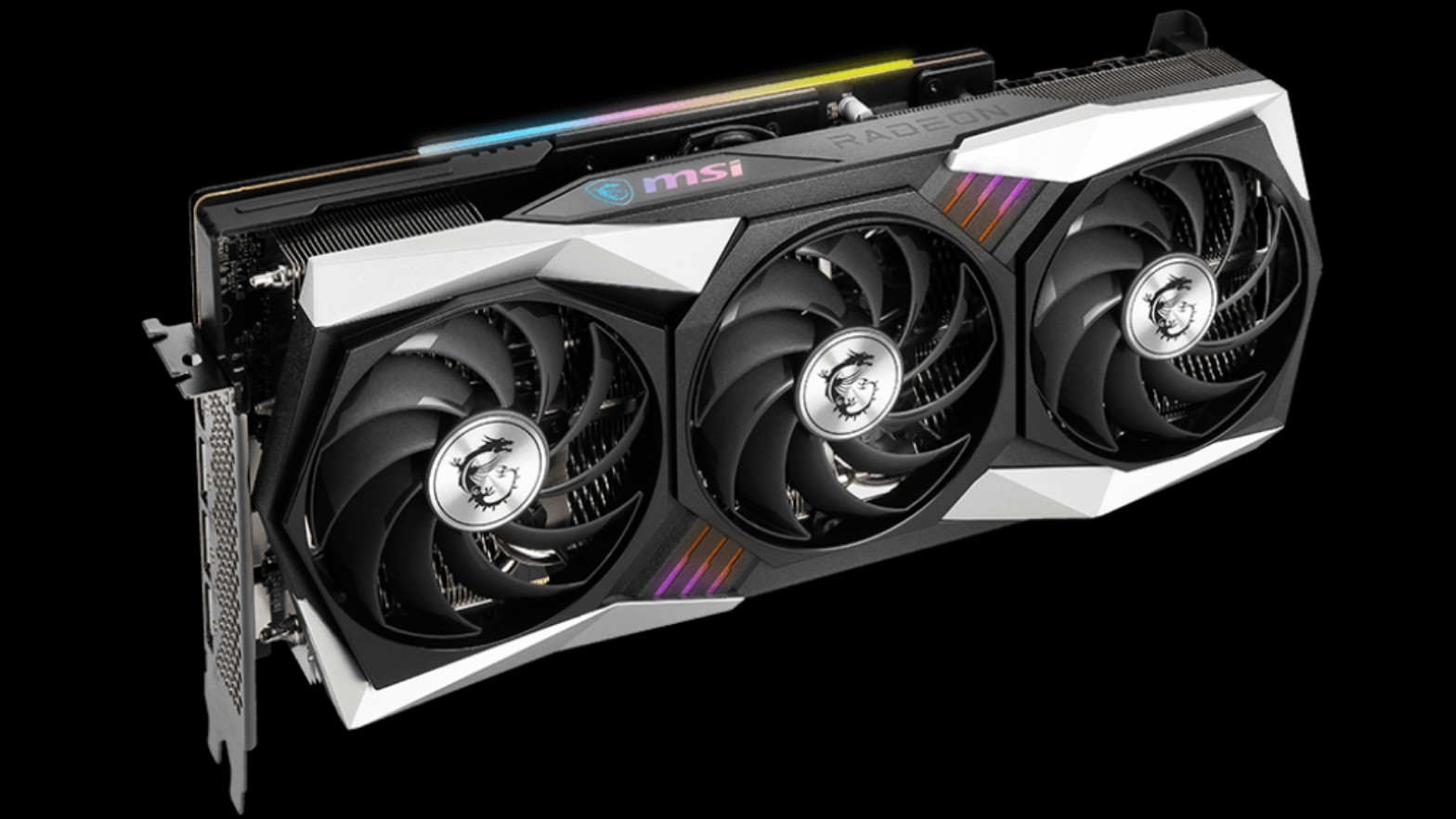Unbelievable repair on AMD RX 6900 XT graphics card uses a drill
This is a supremely skilled feat of repair on a broken high-end AMD card

A broken graphics card is a nasty little problem – particularly a higher-end model, as that’s a lot of money down the drain potentially – but there are ways to fix boards, and surprising techniques to boot. Like drilling a hole in the card.
Yes, you read that right, in the case of a busted MSI Radeon RX 6900 XT, an enterprising repair technician – YouTuber KrisFix, who runs a German repair shop, and is partly famous for highlighting issues with AMD GPUs, among other things – drilled a pair of holes in the board to fix it.
As Tom’s Hardware reports, the RX 6900 XT in question was sort of operational in that it powered on, with the graphics card’s fans and lights working, it just didn’t pipe any picture to the monitor.
The problem, as deduced by KrisFix, was pinned down as a broken ‘trace’ – the tiny bits of wiring – between the actual GPU chip and a memory module.
And the solution was to drill two holes (as the trace was deep inside the board) in order to solder a wire to hook up the memory chip and GPU again. Once that was done, and any mess caused by the process had been tidied up, KrisFix then had a working RX 6900 XT once again.
This is a very rare problem for a graphics card to encounter, so it is rather out of the ordinary – as is the repair job.
Analysis: A tricky repair job and then some
Of course, this solution is not something to be tried at home, as you might guess. The level of precision required to undertake such a repair is exacting, and requires a microscope for the soldering (the drilling has to be very carefully carried out, naturally, and it’s done by hand, which makes it all the more remarkable).
Get daily insight, inspiration and deals in your inbox
Sign up for breaking news, reviews, opinion, top tech deals, and more.
It’s a seriously eye-opening repair, and one that, as mentioned, requires tidying up the inevitable collateral damage afterwards. As Tom’s observes, after implementing the new trace, KrisFix needed to resolder capacitors damaged in the process, and repair any traces on top of the board that had got scratched.
KrisFix tells us: “The trace length in this repair is of critical importance. The tolerance of error is very small. If the length is not correct then the timing will not be correct and the card will not be able to clock and operate at high frequencies.”
All in all, it’s a remarkable feat, and it just shows how even a badly damaged GPU can be saved, which will be great news for anyone who has spent a fortune on a graphics card, and can then get more life out of it.
Furthermore, it’s obviously good news for the environment, too, because the longer we can keep our PC hardware going, the better, from a green-friendly perspective. If you do end up needing to buy a new GPU, mind, don’t forget to check out our picks for the best graphics card.
Darren is a freelancer writing news and features for TechRadar (and occasionally T3) across a broad range of computing topics including CPUs, GPUs, various other hardware, VPNs, antivirus and more. He has written about tech for the best part of three decades, and writes books in his spare time (his debut novel - 'I Know What You Did Last Supper' - was published by Hachette UK in 2013).